There's nothing more magical than witnessing a wild animal in its natural habitat. Maximise your chances of spotting wildlife and learn all about Scotland's fascinating flora & fauna in the company of an expert guide. We've gathered some of our favourite organised wildlife experiences, guaranteed to be excellent days out.
Amazing wildlife experiences in Scotland, from swimming with basking sharks to learning about Scotland’s beavers.
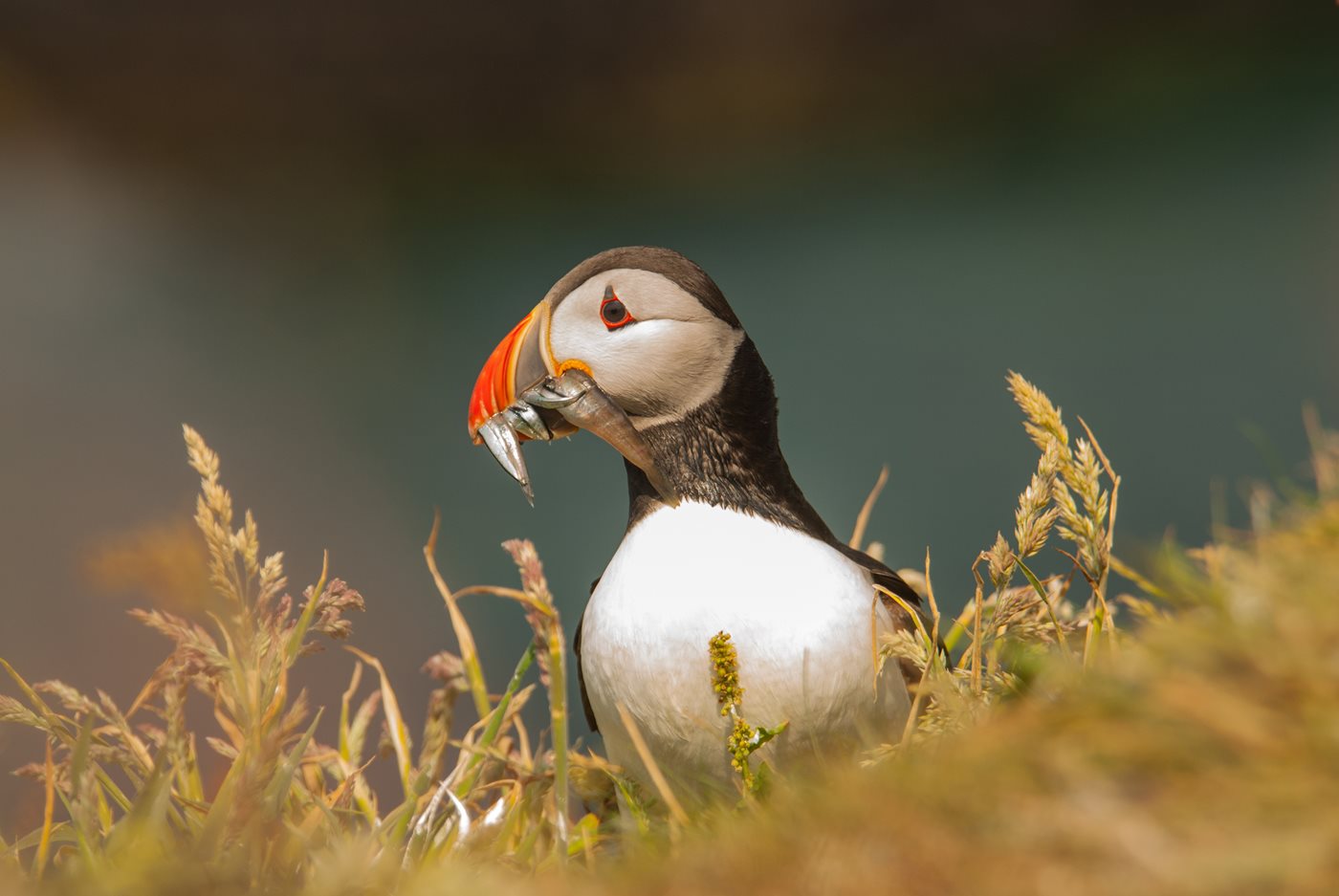
There's nothing more magical than witnessing a wild animal in its natural habitat. Observe a plump seal sunbathing on a coastal rock, just as interested in you as you're in them, catch sight of a red deer out in the forest, grazing sedately amongst the bushes or gaze up at the sky and spy a golden eagle soar above you, riding the thermals playfully. It's a bit like watching the flame of a fire or crashing waves. Wildlife watching is endlessly fascinating and you can lose all sense of time, wrapped up in the comings and goings of the life that you're observing.
However, wildlife watching can be unpredictable. Sometimes you head out for a walk not expecting to see very much and you end up almost bumping into a magnificent stag or witnessing two red squirrels chasing each other between the trees, weaving impossibly fast between the branches and up and down tree trunks. At other times you come prepared with binoculars, a camera and your trusty wildlife identification guidebook, visiting an area known to be good a spot for catching a glimpse of a specific type of animal, and you see nothing of note. There's no guarantee you'll see what you want to see, but it's very rare that you won't see anything at all. Scotland is a remarkable destination for wildlife watching, but it's all about managing your expectations and being prepared to put some work in.
Patience is a big help and being accompanied by an expert guide can make all the difference to having a fulfilling day. The benefit of going with a wildlife watching guide or joining a tour is that you're being taken to prime locations with eyes trained to catch a glimpse of even the most elusive of creatures, the outline of a large bird of prey flying over the mountains or the fins from a whale or dolphin in the distance. If the elusive ones don't show face, your guide will be able to show many other more common species which are also cool to see out in the wild.
Additionally, you'll hear stories and be shown many different things related to the landscape. Learn about behaviours, tracks, scat, dens and nests, and also about what different species like to eat. Most importantly, an arranged wildlife experience ensures that you don't accidentally do anything to harm any animals or their habitats. Guides will keep you at a safe distance, for your sake and theirs, and do what they can to minimise disruption. This makes for a better experience for you too, allowing you to watch for longer and see more.
We've gathered some of our favourite organised wildlife watching experiences in Scotland, guaranteed to be excellent days out enjoying the local flora and fauna.
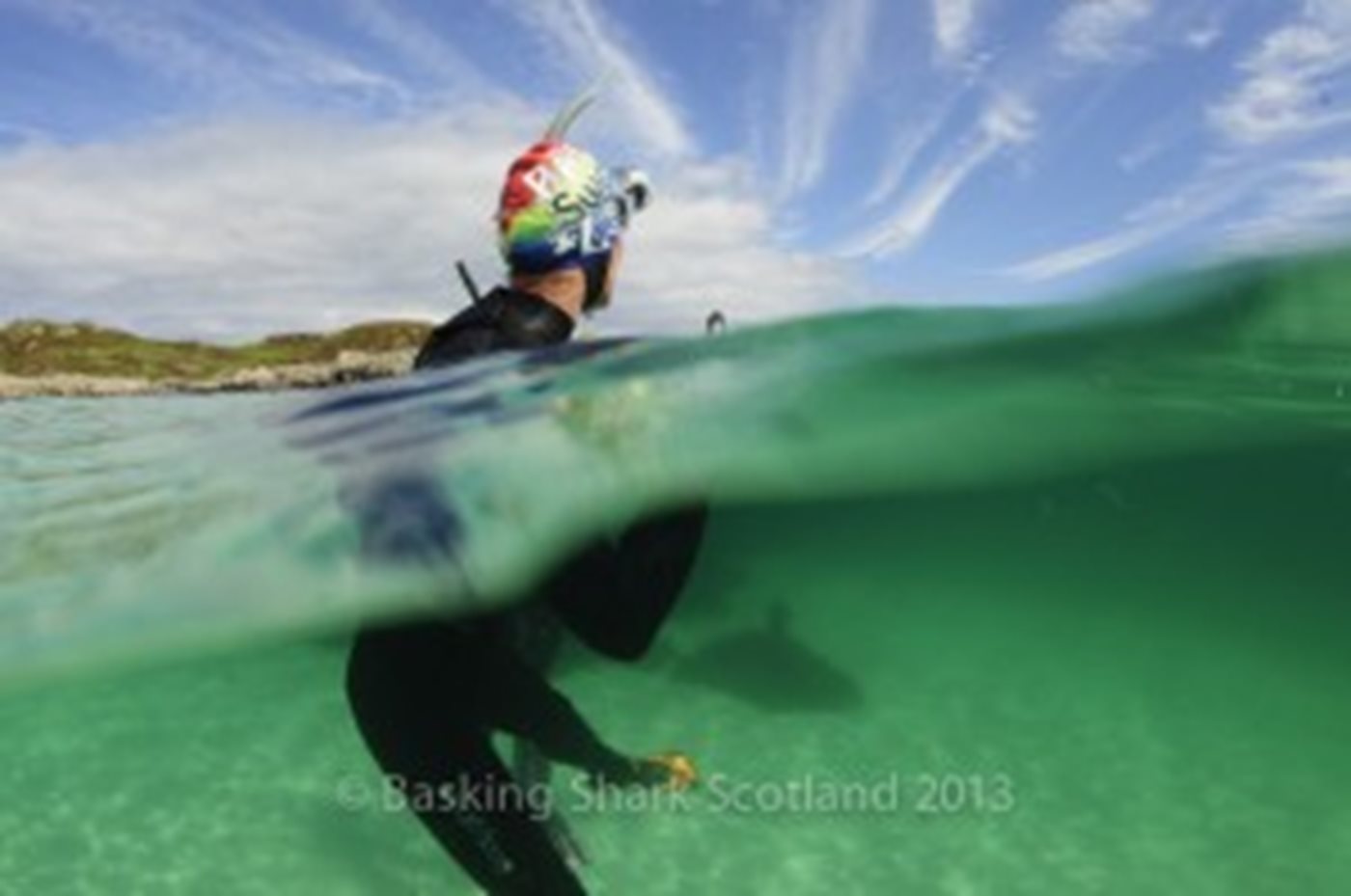
Swimming With Basking Sharks
There's not really a description that does justice to the sense of awe you get when seeing a basking shark up close.
These gentle giants are the second-largest type of shark and fish and can grow to be absolutely huge, a full-sized adult can be up to 10 meters long! They're filter feeders, one of three plankton-eating shark species in the world and their weird-looking mouths are infact highly evolved for this. Looking almost a bit alien, the wide gaping mouths can go up to 1 meter wide also go quite deep. The first thing you'll notice is the very recognisable jawbones extending back into the shark. Although you can't see them, basking sharks actually have hundreds of little teeth too! They swim with their mouths open most of the time to filter water through, only closing their mouth to swallow and expel excess water.
Scotland's temperate waters are a hotspot for basking sharks over the summer and one of the best ways to see them is with Oban based Basking Shark Scotland. As the name suggests, they're the experts on these fascinating creatures, their tours led by qualified marine biologists and zoologists. Baskings sharks are very passive and generally not dangerous to humans. Many of Basking Shark Scotland's tours focus on getting you in the water either snorkelling or scuba diving so you can see the full majesty of these creatures and get an idea for their sheer size which is not always as evident as seen from above.
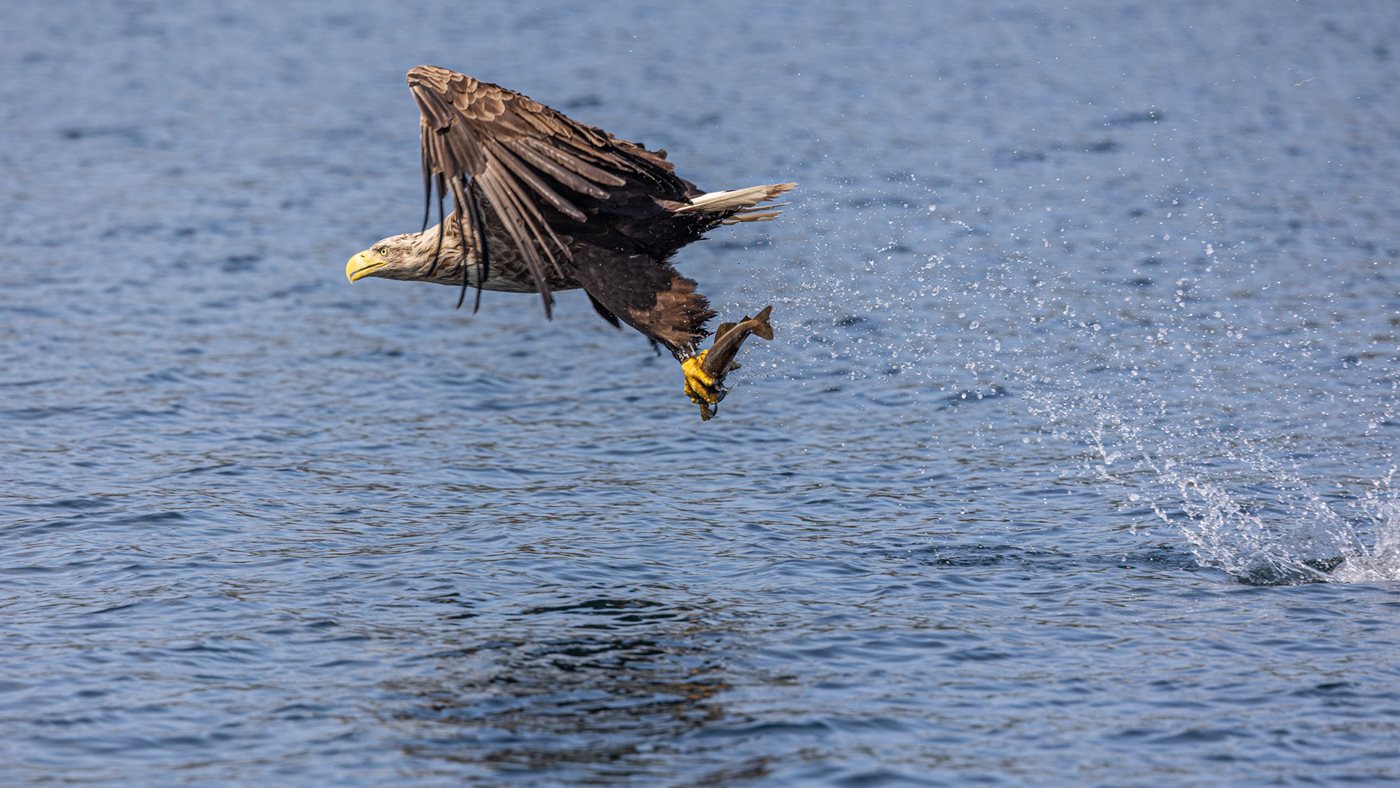
Keeping an Eye Out for Eagles
Scotland is home to two types of eagles, golden eagles and white-tailed sea eagles. Both types are amongst the largest in the world with the white-tailed sea eagle having the largest wingspan out of any. These huge wings help quite a lot with seeing them up in the sky! When you first see one you might think you're seeing a smaller bird of prey closer by, but then you realise just how far away they really are and the enormity of their wings.
You'll find both golden eagles and white-tailed sea eagles on the Alladale Wilderness Reserve. The reserve hosts a nesting pair of golden eagles for several years now, and a white-tailed sea eagle has been seen scoping out the area since 2019. Go on a guided hike or 4x4 tour to absorb the stunning scenery of the reserve. Learn about the rewilding efforts that take place there and hopefully spy one of the many birds of prey that prowl the skies above.
Learning About Scotland’s Beavers
Scottish beaver reintroduction has certainly not been without its complications!
It started in 2009 when 4 beaver families were brought to Knapdale Forest in Argyll, 400 years after extinction in the UK. The Knapdale beaver trial lasted till 2014 and highlighted all the positive impacts that beavers can have on their environment. Beavers are wonderful engineers, the building of their dams contribute to flood prevention, wetland restoration and forest regeneration. Since the completion of the trial, the Knapdale beaver population has grown well and has extended its territory. The population is self-sustaining, following a successful reinforcement project between 2017 and 2020 by Scottish Beavers. 2021 saw several kits born withi Knapdale and numbers are growing. Living with Beavers isn't without its challenges and some landowners have not welcomed their return, with a flurry of unsanctioned beaver killing as a result. Beavers were consequently granted protected status in Scotland in 2019 and relocation rather than termination is strongly encouraged. Heart of Argyll Wildlife Organisation operate Argyll Beaver Centre as a base for guided-walks and events.
One of the places that the wild-living beavers can be found is the fabulous rivers and lochs of Perthshire. Beaver experts Perthshire Wildlife operate dedicated beaver watching tours on foot and by canoe. On these tours, you'll learn all about beaver history in Scotland, and the various struggles and victories that beavers have faced in recent years. During the tours, you'll visit amazing beaver habitats known to be prime spots for watching beavers swim, feed and groom.
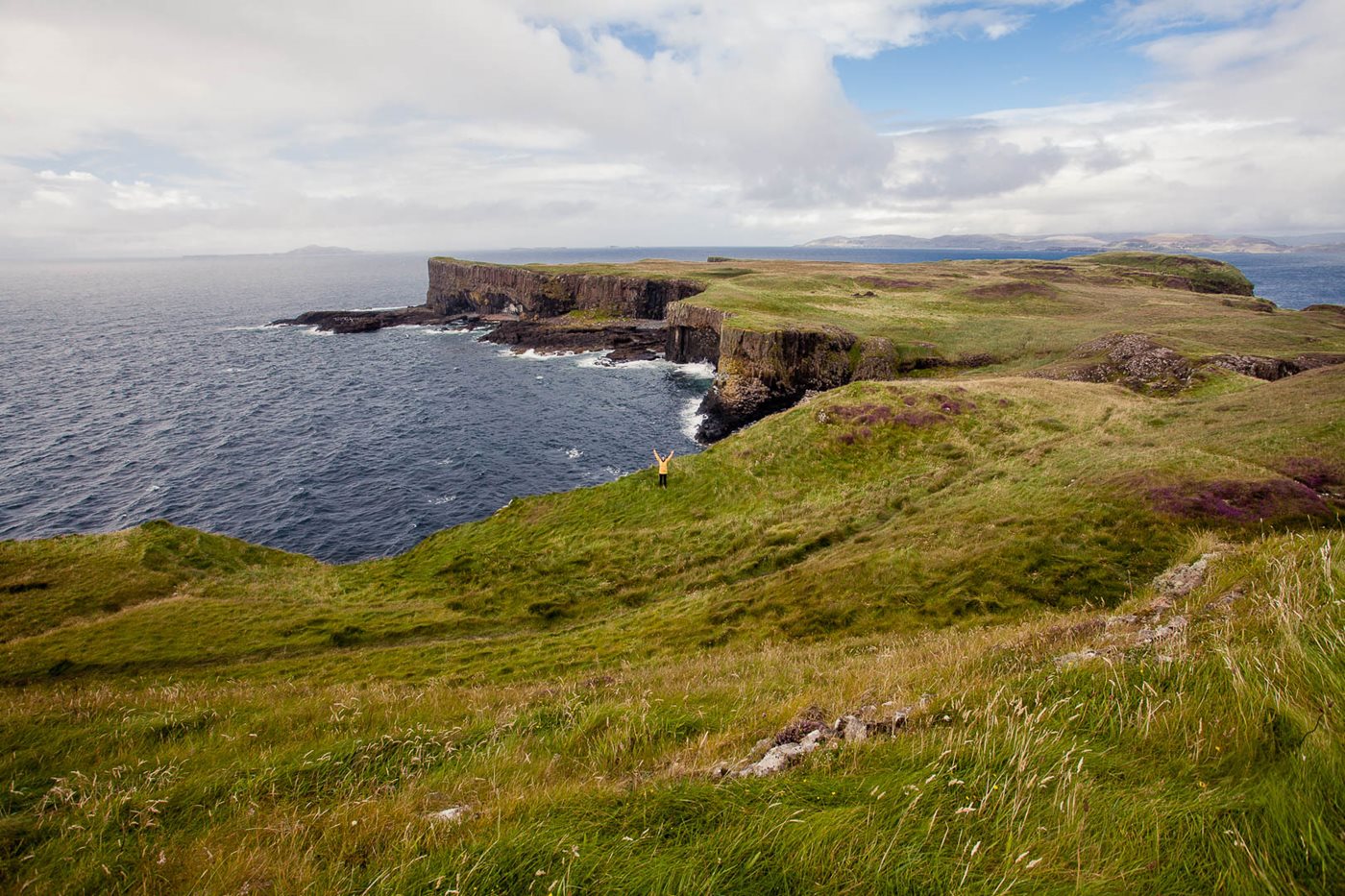
Cliffside Puffin Spotting
Puffins are marvellous creatures and an absolute joy to behold. Part of our attraction to them is that they're rather photogenic, their bright orange oversized beaks and feet contrasting with their small black and white bodies. They owe their striking appearance for the nicknames 'sea parrot' and 'clowns of the sea', the colours of their beaks and their white-painted faces reminiscent of both. They're not the most graceful to be honest which contributes to our love for them, their walking can be best described as a fast waddle. We're lucky that Scotland is a great place to spot Atlantic puffins. There are various cliffside colonies dotted around the country at St Kilda, Shetland, Orkney, Lunga, Staffa, Bass Rock, the Isle of May, St Abbs, Duncansby and the Shiants, just to name a few.
Despite what you'd think, the best way to see puffins is actually on land, and not from the sea. More specifically, your best chance of seeing them intensively is on top of the cliffs where puffins burrow. With a bit of patience, you'll be treated to them flying up onto the cliff to visit their burrows. Please keep some distance from them when they do this. Not only will they land alarmingly close to the cliff edge which is dangerous to you, you could risk collapsing a burrow if you stand over it. Although you are advised to keep a respectful distance, it's not guaranteed the puffins will do the same! They are very curious and will sometimes fly or waddle very close by. Puffins also tend to conveniently cluster in front of you (which makes for an awesome photo).
A fabulous way to experience this is with Tiree Sea Tours, who run a dedicated puffin watching boat trip to Lunga, the main island in the Treshnish Isles. It's not just puffins you'll be able to see on this tour. The uninhabited island is home to thousands of sea birds including razorbills, kittiwakes, shags, guillemots and fulmar.
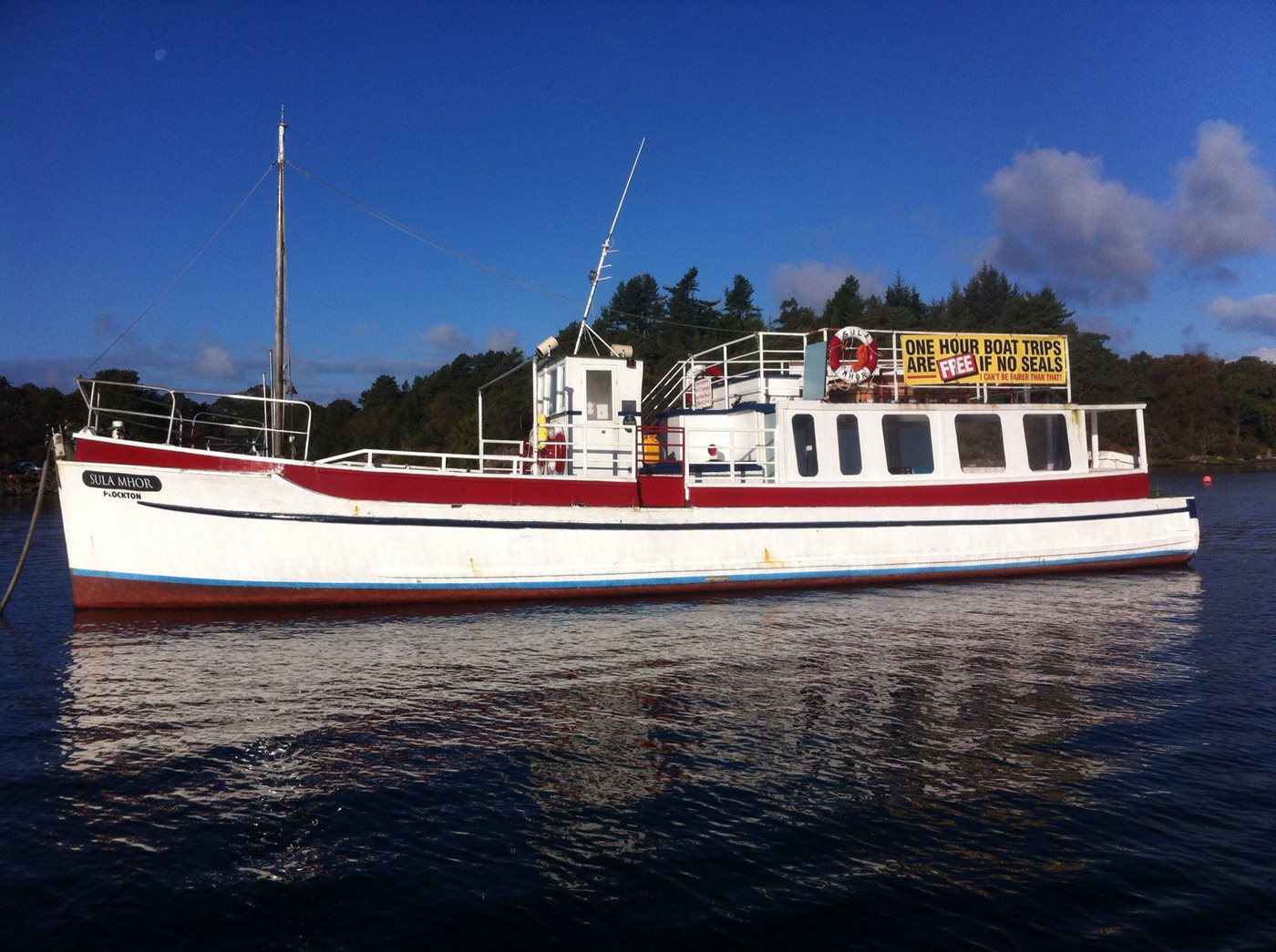
Seal Watching Boat Tours
Spotting a seal bobbing in the sea or chilling on the rocks can be a wonderful experience. Harbour seals favour the west coast and the northern islands, and in contrast, Grey seals, which are actually a little rarer worldwide, are just as likely to be seen on the south coast and the east coast. Grey seals are larger than harbour seals and recognisable by their long noses. Both types are doglike, with whiskered faces and large dark eyes.
If you're walking along the shore or in a boat, seals will quite happily pop out of the water to investigate you at a distance they're comfortable with, often following you. They enjoy a bit of wildlife watching too! However, if seals are hauled out it's another matter. Although it seems like it would be a hard thing to perturb an adult seal lounging on the beach, they can easily scare. Frightening them can result in a stampede, risking injury to themselves and at times abandoning and maybe even trampling their own pups.
Go seal watching with Calum's Seal Trips, based out of Plockton. Calum's Seal Trips don't guarantee seal sightings but are confident enough to promise that you get your money back if you don't spot one whilst you're out! They'll take you to their favourite seal spotting haunts and point out other interesting sights along the way.
Registered Company No: 303299 | Registered address: Wild Scotland, Suite 212, 8 Church Street, Inverness IV1 1EA
